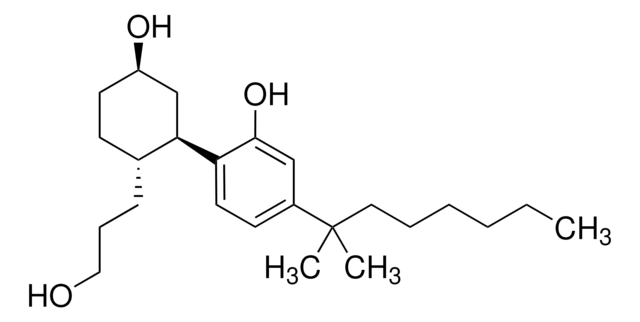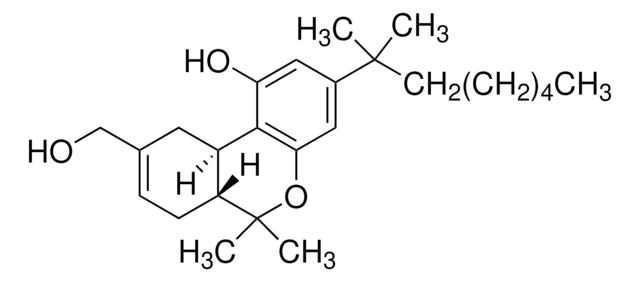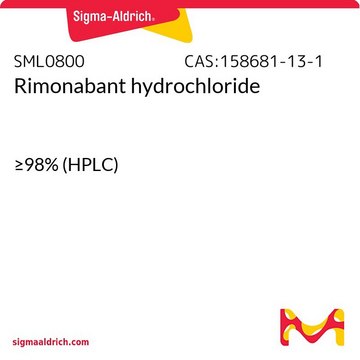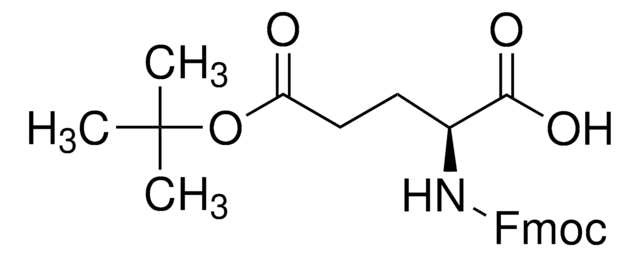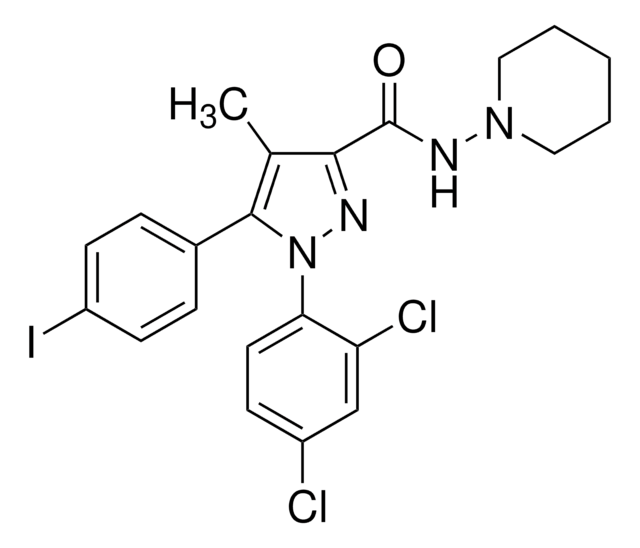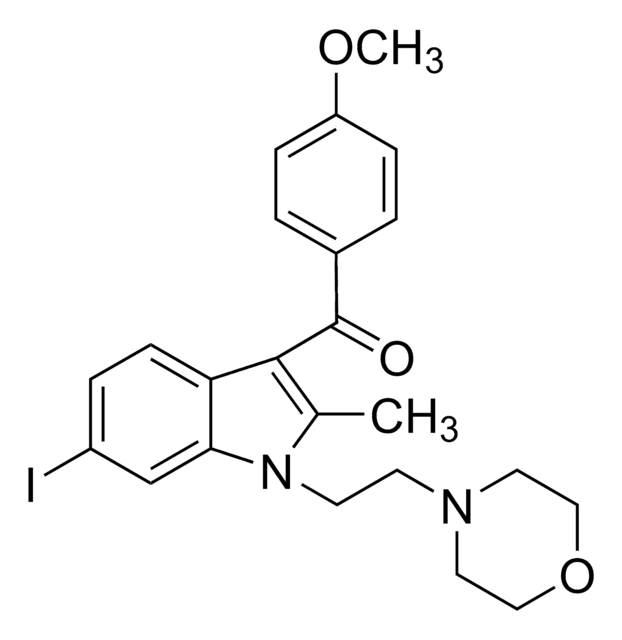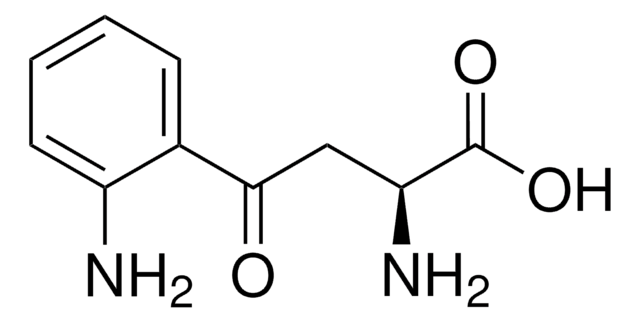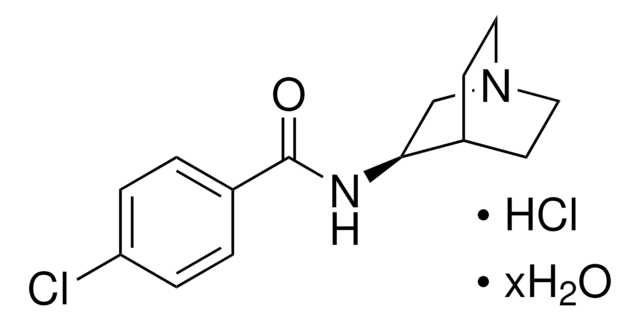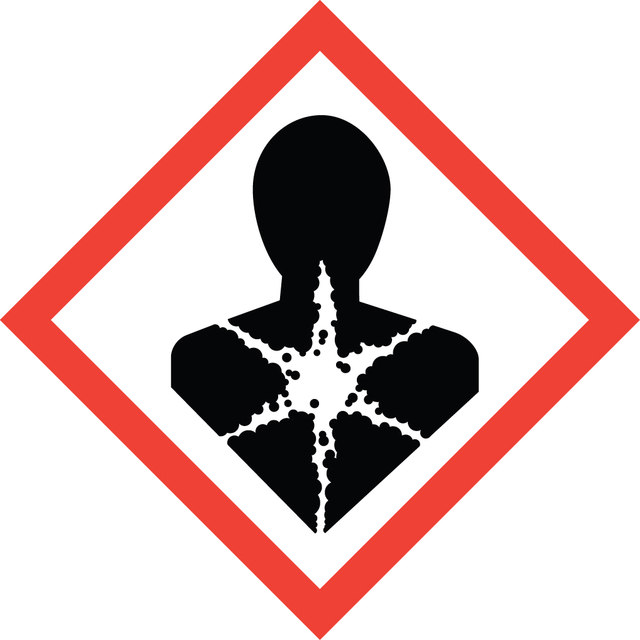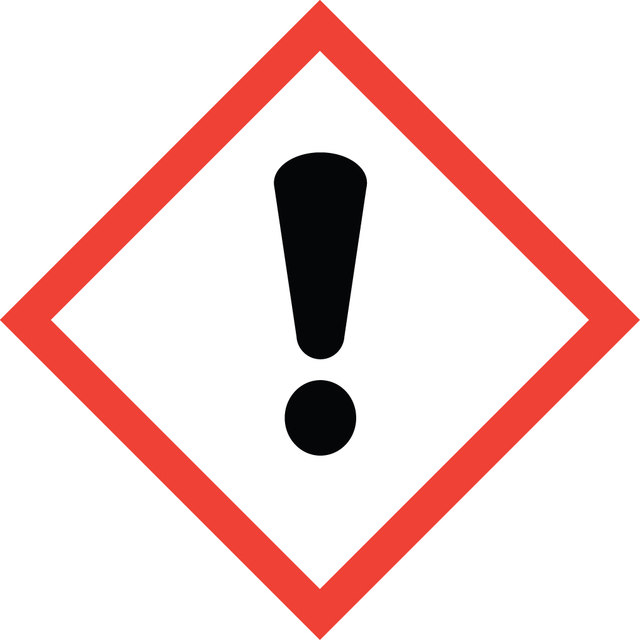所有图片(2)
About This Item
经验公式(希尔记法):
C24H36O3
CAS号:
分子量:
372.54
MDL编号:
UNSPSC代码:
12352200
PubChem化学物质编号:
NACRES:
NA.77
推荐产品
质量水平
方案
≥98% (HPLC)
表单
solid
药品控制
USDEA Schedule II; stupéfiant (France); kontrollierte Droge in Deutschland; regulated under CDSA - not available from Sigma-Aldrich Canada
技术
HPLC: suitable
gas chromatography (GC): suitable
颜色
white
溶解性
DMSO: soluble ~18 mg/mL
H2O: insoluble
应用
forensics and toxicology
veterinary
运输
wet ice
储存温度
2-8°C
SMILES字符串
CCCCCCC(C)(C)c1cc(O)c2[C@@H]3CC(=O)CC[C@H]3C(C)(C)Oc2c1
InChI
1S/C24H36O3/c1-6-7-8-9-12-23(2,3)16-13-20(26)22-18-15-17(25)10-11-19(18)24(4,5)27-21(22)14-16/h13-14,18-19,26H,6-12,15H2,1-5H3/t18-,19-/m1/s1
InChI key
GECBBEABIDMGGL-RTBURBONSA-N
生化/生理作用
CB1 and CB2 cannabinoid receptor agonist.
特点和优势
This compound is featured on the Cannabinoid Receptors page of the Handbook of Receptor Classification and Signal Transduction. To browse other handbook pages, click here.
警示用语:
Warning
危险声明
危险分类
Acute Tox. 4 Oral - Repr. 2 - STOT SE 3
靶器官
Respiratory system
储存分类代码
11 - Combustible Solids
WGK
WGK 3
闪点(°F)
Not applicable
闪点(°C)
Not applicable
个人防护装备
dust mask type N95 (US), Eyeshields, Gloves
法规信息
新产品
Nabilone in inflammatory pain: to be or not to be.
Josée Guindon
Clinical and experimental pharmacology & physiology, 39(4), 327-328 (2012-03-28)
Mark A Ware et al.
Addiction (Abingdon, England), 105(3), 494-503 (2010-04-21)
Nabilone is a synthetic cannabinoid prescription drug approved in Canada since 1981 to treat chemotherapy-induced nausea and vomiting. In recent years, off-label use of nabilone for chronic pain management has increased, and physicians have begun to express concerns about nabilone
Adrienne Curtis et al.
Movement disorders : official journal of the Movement Disorder Society, 24(15), 2254-2259 (2009-10-22)
Pilot study of nabilone in Huntington's disease (HD). Double-blind, placebo-controlled, cross-over study of nabilone versus placebo. Primary outcome, Unified Huntington's Disease Rating Scale (UHDRS) total motor score. Secondary measures: UHDRS subsections for chorea, cognition and behavior, and neuropsychiatric inventory (NPI).
Fabrício A Moreira et al.
Best practice & research. Clinical endocrinology & metabolism, 23(1), 133-144 (2009-03-17)
Both agonists (e.g. Delta(9)-tetrahydrocannabinol, nabilone) and antagonists (e.g. rimonabant, taranabant) of the cannabinoid type-1 (CB(1)) receptor have been explored as therapeutic agents in diverse fields of medicine such as pain management and obesity with associated metabolic dysregulation, respectively. CB(1) receptors
Cannabinoids in the treatment of symptoms in cancer and AIDS, 2nd edition #93.
L Scott Wilner et al.
Journal of palliative medicine, 14(4), 509-510 (2011-04-08)
我们的科学家团队拥有各种研究领域经验,包括生命科学、材料科学、化学合成、色谱、分析及许多其他领域.
联系技术服务部门